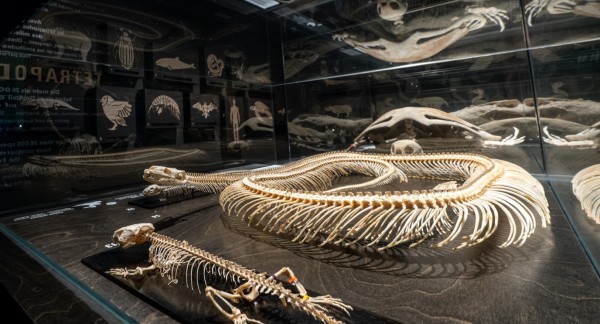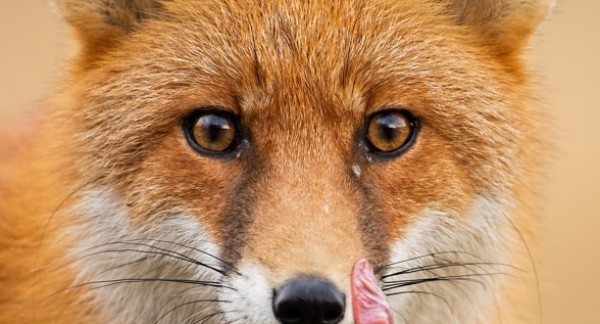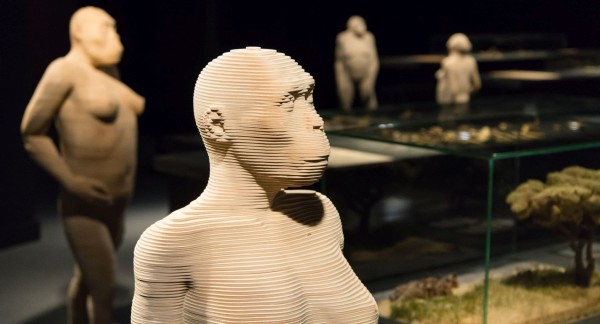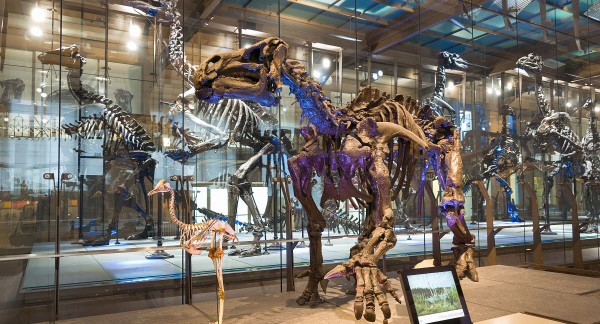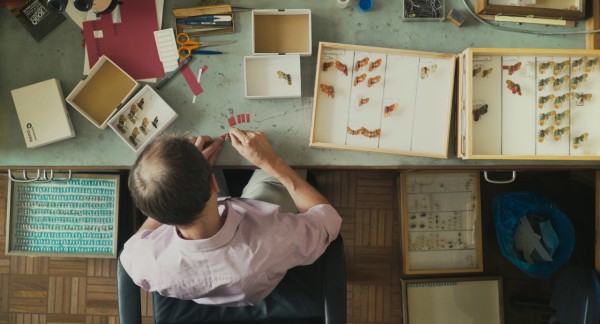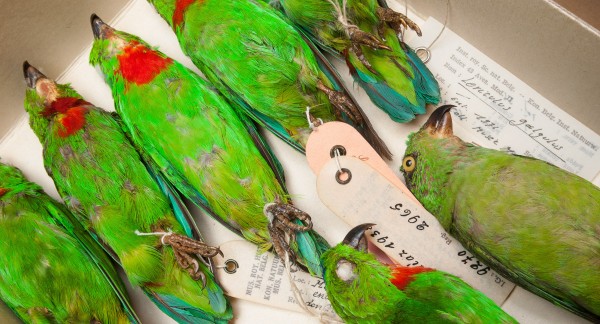
Permanent Exhibition
Living Planet
Did you know that the gnu and the zebra eat the same plants? But they don’t fight about it! The gnu eats the young sprouts that are soft and juicy while the zebra chews on tougher leaves. And did you know that a thirsty camel can drink up to 150 litres of water? And that wildfires can be beneficial for some trees?
Living Planet represents more than 850 specimens displayed on 2,000m2 (from the giraffe, to the koala and the aphid), 3D models you can touch, visual media, audio interviews and interactive, recreational and educational animations. The Earth is swarming with life - rediscover it in our new Gallery, Living Planet, through an aesthetic, family-friendly and scientific approach to biodiversity.
There are also two discovery areas: the "Tetrapodium," about the skeletons of four-legged animals, and the "Arthropodium," about animals with six or more legs. There, you can peer through a microscope, observe live specimens, watch videos and 3D models, and participate in playful activities.
- All ages
- Approximately 2 hours
- Included in the entry ticket
- Points 15, 16, 17 and 18 on the map
Remarkable Elements
The Arthropodium
Insects, spiders, scorpions, crustaceans, millipedes...: meet animals with 6 or more legs in the Arthropodium.
The Tetrapodium
Welcome to the Tetrapodium... an ideal introduction to the four-legged animal world (from the Ancient Greek "tetra," meaning 'four,' and "pous/podos," meaning 'foot')!
An Abundant Planet
Life appeared on Earth 3,8 billion years ago and has since then evolved into a myriad of living organisms: bacteria, plants, animals, fungi etc.
A Changing Planet
Visiting the lower floor of Living Planet helps you understand the issues linked to climate change and the biodiversity crisis we are facing and that concerns us all.

